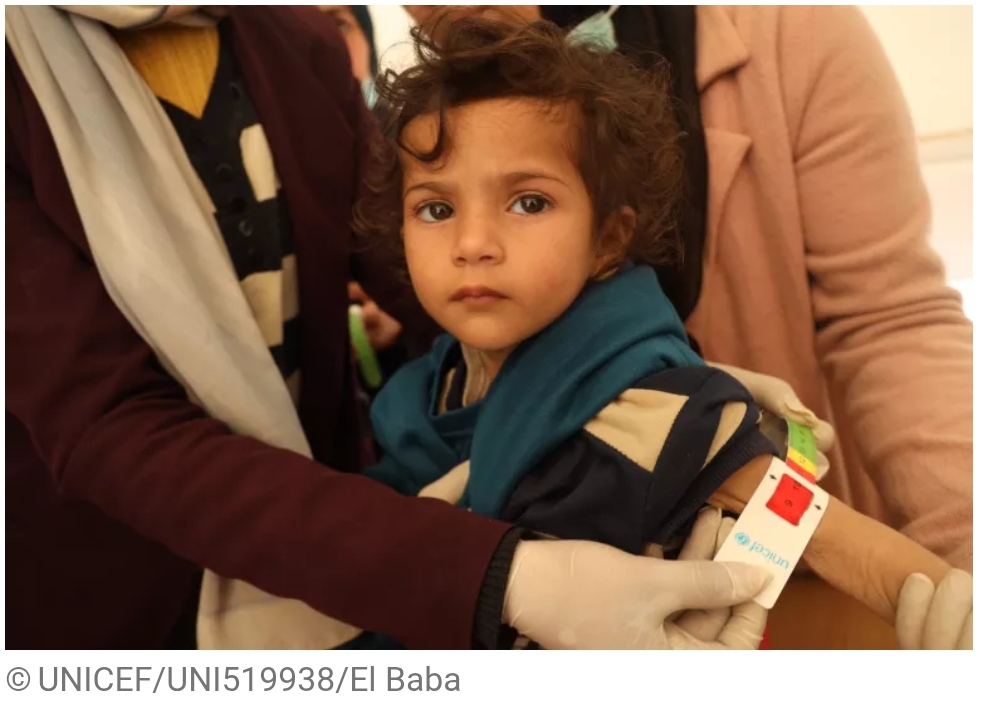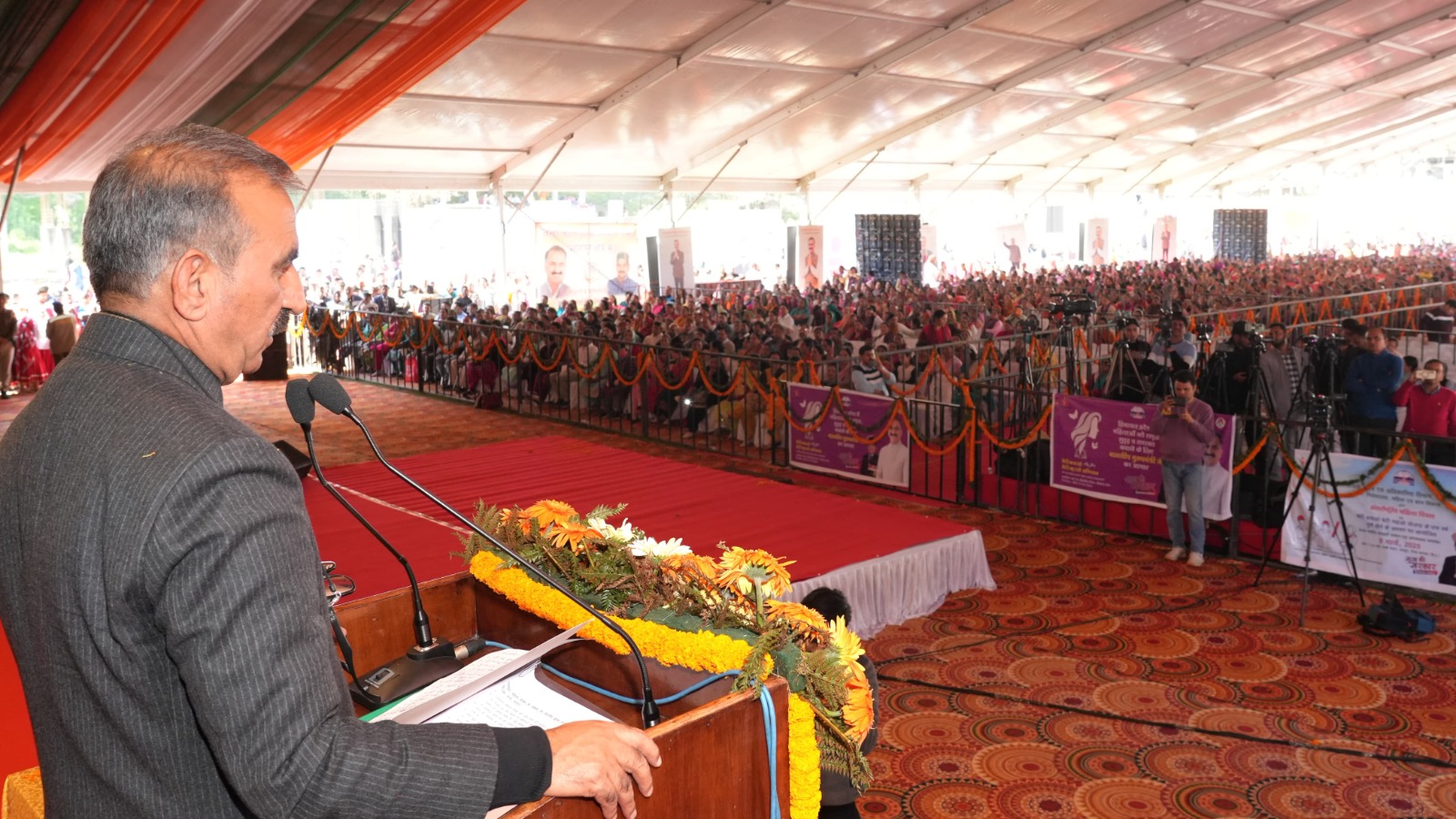Over 5,000 Children Diagnosed with Malnutrition in Gaza in May Alone, UNICEF Warns of Alarming Surge Amid Aid Blockade.
Gaza Strip:
The humanitarian crisis in the Gaza Strip has reached a critical point as more than 5,000 children under the age of five were diagnosed with acute malnutrition in May 2025 alone, according to new figures released by UNICEF. This marks a dramatic escalation in child hunger, representing a nearly 50% increase from April and a 150% increase compared to February 2025, when humanitarian access was greater during a brief ceasefire.
Since the beginning of 2025, at least 16,736 children have been admitted for malnutrition treatment across Gaza — an average of 112 children per day. Of the children treated in May, 636 were diagnosed with severe acute malnutrition (SAM) — the deadliest form of malnutrition — requiring urgent and specialized care, access to safe water, and medical treatment, all of which are increasingly unavailable due to the ongoing conflict and humanitarian blockade.
“Every one of these cases is preventable,” said Edouard Beigbeder, UNICEF Regional Director for the Middle East and North Africa. “The food, water, and nutrition treatments they desperately need are being blocked from reaching them. Man-made decisions are costing lives.”
Humanitarian Access Severely Restricted
Beigbeder called on the Israeli authorities to urgently allow large-scale deliveries of life-saving aid through all border crossings, stressing that the growing hunger crisis among children in Gaza is a direct result of restricted humanitarian access and destruction of critical infrastructure.
Since the breakdown of the ceasefire earlier this year, humanitarian convoys have been repeatedly denied access or severely delayed. UNICEF, despite delivering hundreds of pallets of nutritional supplies in the last three weeks, says current aid levels are “wholly inadequate” in meeting the urgent needs of the population.
The availability of Ready-to-Use Therapeutic Food (RUTF) — a crucial, nutrient-dense food used to treat children suffering from acute malnutrition — is now critically low. Without replenishment, thousands of lives hang in the balance.
A Deadly Cycle: Malnutrition and Disease
The crisis is compounded by the destruction of Gaza’s water, sanitation, and healthcare infrastructure, which has rendered many treatment centres inoperable. Of the 236 centres designated for nutrition treatment, only 127 remain functional. Displacement orders and ongoing bombardment have forced many facilities to shut down or reduce operations.
With clean water increasingly scarce and fuel supplies nearly exhausted, the spread of waterborne diseases is intensifying. Acute watery diarrhea now represents 1 in every 4 disease cases reported in the Strip, and suspected outbreaks of hepatitis A are emerging — a highly infectious disease that can be fatal without treatment. Warmer temperatures in the coming weeks are expected to worsen the spread of disease, especially among already vulnerable children.
UNICEF emphasized that malnutrition and disease create a vicious, often fatal, cycle. Undernourished children are more susceptible to infections, while illnesses like diarrhea can accelerate weight loss and nutrient deficiencies, dramatically increasing the risk of death.
“This is an urgent warning,” Beigbeder said. “Concerted action is immediately needed to stop starvation from escalating, malnutrition from rising, disease from spreading, water from running dry, and ultimately, to prevent mounting, wholly preventable child deaths.”
Calls for Action
UNICEF is calling on all parties to the conflict to:
- End the violence and protect civilians, especially children
- Respect international humanitarian and human rights law
- Allow immediate and unhindered delivery of humanitarian aid and commercial goods
- Ensure access to clean water, fuel, and medical supplies
- Release all hostages and protect health workers and aid agencies
This crisis is unfolding among a population of children where wasting — a key indicator of acute malnutrition — was virtually nonexistent just 20 months ago. Now, thousands are at risk of dying without urgent, large-scale international intervention.
The situation in Gaza underscores the devastating impact of conflict-driven starvation and the urgent need for sustained, protected humanitarian access. Without immediate change, UNICEF warns that Gaza could witness the highest levels of child malnutrition since the conflict began, with consequences that could echo for generations.



